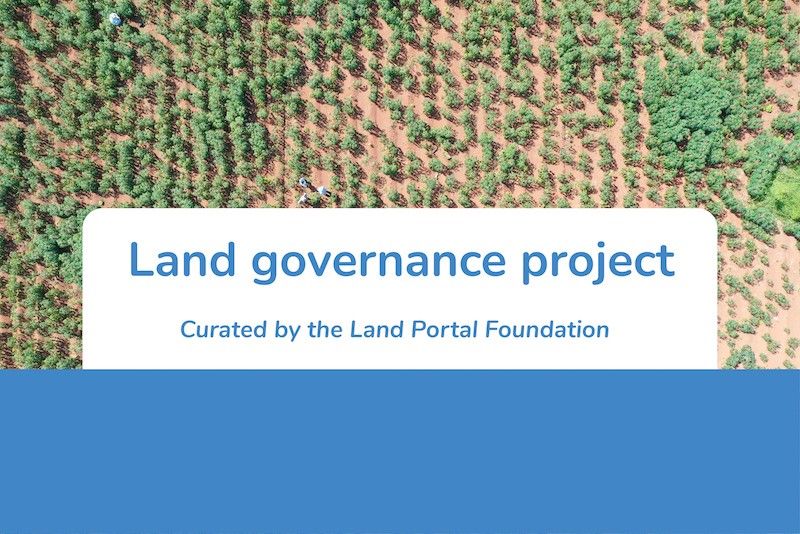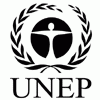Community / Land projects / Mainstreaming Sustainable Land Management (SLM) for Large-Scale Impact in the Grazing Lands of Limpopo and Nor
Mainstreaming Sustainable Land Management (SLM) for Large-Scale Impact in the Grazing Lands of Limpopo and Nor

€3072469.951
09/21 - 11/26
Active
This project is part of
Implementing Organisations
Donors
Data Providers
Objectives
To scale up and mainstream sustainable land management for large-scale impact in the grazing lands of target sites in Limpopo and Northern Cape of South Africa
Other
Note: Disbursement data provided is cumulative and covers disbursement made by the project Agency.
Target Groups
Normal 0 false false false en-GB X-NONE X-NONE /* Style Definitions */ table.MsoNormalTable {mso-style-name:"Table Normal"; mso-tstyle-rowband-size:0; mso-tstyle-colband-size:0; mso-style-noshow:yes; mso-style-priority:99; mso-style-parent:""; mso-padding-alt:0cm 5.4pt 0cm 5.4pt; mso-para-margin:0cm; mso-para-margin-bottom:.0001pt; mso-pagination:widow-orphan; font-size:10.0pt; font-family:"Calibri",sans-serif; mso-bidi-font-family:"Times New Roman";} The Project will initially deliver socio-economic benefits to South Africa at the local level through activities at the target sites however aims to deliver these benefits at regional then national level through mainstreaming initiatives that drive SLM. By developing a platform from where SLM may be scaled, the benefits realized at a local level may be facilitated and supported at a regional level. Socio-economic benefits accrued at this local level will be largely through the upgraded value chain, increased revenue and productivity of local land users and related enterprises through improved SLM of communal land. This will furthermore lead to improved employment opportunities, with increased revenues for individuals, as well as the trickle-down effect to local vendors and service providers.The drivers of these benefits, as outlined in projet activities, include the following:1. Training and capacity building for improved SLM on local land, enterprise development (Mentor farmers and Para-vets); financial and market navigation.2. Improved institutional coordination (community, government and private) towards SLM;3. Improved land use sustainability and productivity through land restoration activities and improved SLM;4. Strengthened land tenure arrangements;5. Improved, incentive driven, access to finance and markets; 6. Access to small-grants mechanism for enterprise scale up; and7. Partnerships developed between commercial and informal stakeholders;The activities at a local level will contribute to the restoration of 130000 ha of landscapes through improved SLM at target sites.These local drivers of socio-economic benefits will be accrued at regional and national levels through mainstreaming of SLM. This mainstreaming is enabled through establishing the following: 8. A Knowledge Management Platform to inform evidence based SLM at multiple scales;9. A Sustainable Land Management Plan (SLMP) that informs regional SLM;10. Participatory Rangeland Management Plans (PRMP) that inform local SLM;11. The Rangeland/Biodiversity Stewardship Agreement that formalizes SLM intent;12. Training and capacity building for provincial landscape management institutions;13. Establishment of an SLM innovative finance mechanism; and14. Improved access to SLM finance through national development banks.The activities in their entirety will contribute to improved governance of 800000 ha through improved capacity to implement improved SLM at a regional scale.Implemented SLM will lead to improved land productivity from increased soil organic carbon (SOC) and soil moisture resulting in increased agricultural production and sustainable conditions for stocking rates of livestock which will support sustainable improved/maintained output potential of land. Socio-economic benefits accrued at the regional scale will therefore be linked directly to improved SLM of communal rangelands and the upgraded value chains. Improved SLM will also indirectly link through improved environmental benefits of reduced land degradation through restoration activities. Improved SOC will contribute to climate change adaptation and an increase in soil moisture will increase drought resilience. Further co-benefits of the project will include the conservation of biodiversity, improved hydrological cycles and mitigation of climate change. Environmental benefits will be accrued through improved flow of ecosystem services which impact socio-economic wellbeing of beneficiaries from local through regional and international scales. Normal 0 false false false en-GB X-NONE X-NONE /* Style Definitions */ table.MsoNormalTable {mso-style-name:"Table Normal"; mso-tstyle-rowband-size:0; mso-tstyle-colband-size:0; mso-style-noshow:yes; mso-style-priority:99; mso-style-parent:""; mso-padding-alt:0cm 5.4pt 0cm 5.4pt; mso-para-margin:0cm; mso-para-margin-bottom:.0001pt; mso-pagination:widow-orphan; font-size:10.0pt; font-family:"Calibri",sans-serif; mso-bidi-font-family:"Times New Roman";}




